Jump to:
Face framing layers make any haircut more flattering and inject a lively boost of volume and texture. But knowing about the different types of layers and where to place them is key!
Check out our face framing layers style guide to see examples and learn what type of layers you need to put your best face forward.
Looking for Face Framing Layers Inspiration?
We’re big fans of hair and beauty techniques that are simple but have a big visual effect. That’s why we’re talking about face framing layers in our style guide today.
Face framing layers are one of the easiest ways to genuinely transform your look without getting The Big Chop, changing your hair color, or too-confidently cutting your own bangs (again) when you find yourself itching for a change.
Face framing layers are – and we don’t say this lightly – the easiest makeover you’ll ever get. They have the power to transform your look without changing the rest of your hairstyle.
And since cutting layers is a relatively short and simple process for experienced stylists, you won’t pay a lot for this transformative update to your look.
While layered haircuts aren’t for everyone, these dynamic, lively styles might be just the change you’re looking for. Layering around the face can completely switch up your look, help you visually sculpt your face shape, and shave years off your face.
Benefits of Face Framing Layers
The benefits of getting layers that are cut to perfectly frame and sculpt your face are quite extensive. Let’s take a quick look at what these babies can do for you.
Give Strands More Movement
Face framing layers create dynamic movement and inject a little more life in your haircut. Single-length, unlayered cuts tend to lay flat and stay put or fall into predictable patterns.
Whether you’re wearing your hair short, medium, or long, the shorter, blended strands in face framing layers will break up the length of your cut, make the ends more lightweight, and give your hair that youthful swing when you move.
Visually Slim Your Face
Layers around the face remove excess volume and bulk from the sides of your face, which can cause your face to look wider or more rounded with the wrong haircut. When you have a skilled stylist cut dainty face-framing layers in, you’ll see that your face shape looks leaner and more oval instantly.
Where the layers begin and end has a lot to do with the facial features they’ll highlight and accentuate and those they’ll help downplay or conceal. We’ll talk more about this later in the guide.
Create a Simple But Noticeable Change
Another benefit of getting layers cut in around the face is how different your haircut will appear from this small change. Instead of committing to another face-framing option like bangs, which can take years to fully grow out, opting for a few layers in varying lengths around your face isn’t as much of a commitment.
And as long as you have an experienced stylist cut your layers for you, you won’t even have trouble with them as they get longer and grow out. Properly-cut layers grow out seamlessly into the rest of your haircut should you decide you’re ready to try something different.
Inexpensive Way to Update Your Look
Everyone tires of their look after a while. When you’re ready for a change, getting layers around your face is one of the most inexpensive ways to do it. Getting a new hair color, highlights, a perm, chemical straightening, or a completely new haircut can all run up a bill that can be hard to swallow.
But asking your stylist to simply slice in some flattering layers in the front is cheap by comparison, and it doesn’t take as long as other services.
15 Face Framing Layers That Are Basically an Instant Makeover
If blunt cuts just aren’t, um, cutting it for you anymore, it’s time to take a walk on the wild side with some dynamic face framing layers – AKA the easiest makeover you’ll ever get.
We’ll show you a few of our favorite examples of these flattering layers and how they look with different haircuts and face shapes. Then, we’ll cover a few considerations to keep in mind before you visit your stylist to get it done. Let’s get started!
1. Curtain Bangs and Long Wavy Layers
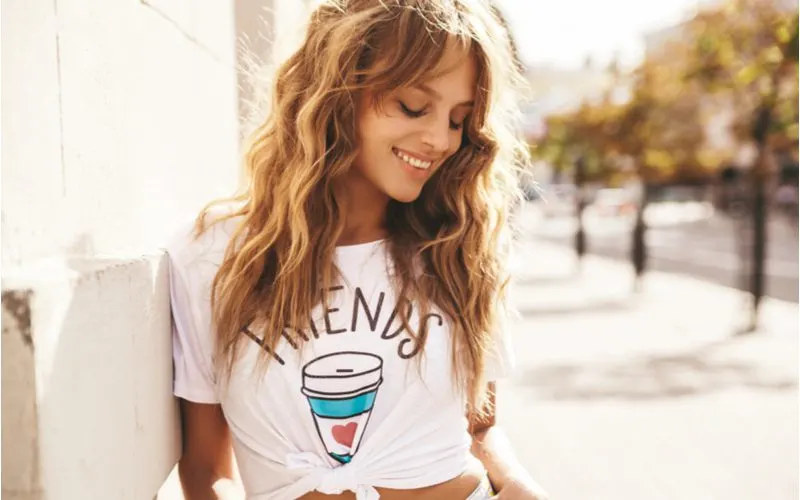
Halay Alex/Shutterstock
Curtain bangs are a perfect companion for long layers because they create a nice lead-in for the layers to begin. In shaggy, long cuts like these, the volume should be focused on top and the top sides.
From the cheekbones downward, the hair is layered in long slices to keep the style lightweight, casual, and breezy. If you have natural wave or curl in your hair, try a look like this to perfectly frame your face.
2. Short Cheekbone-Boosting Layers
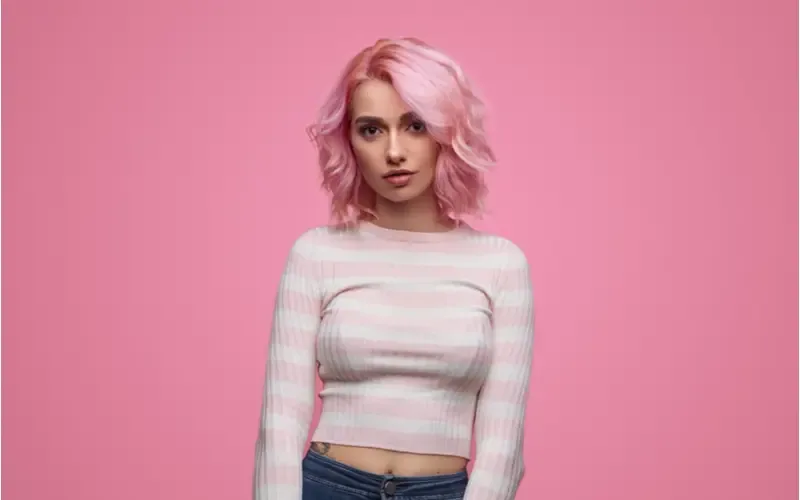
Mark Nazh/Shutterstock
Instantly carve out your cheekbones and make them look more prominent with these short, side-swept layers around the face. Here, a shoulder-skimming bob is the backdrop for layers that are relatively short in length.
It begins at the cheekbones to keep the volume of this style concentrated on top. The layers are styled away from the face to create openness, while the curve that hits right at the eye level creates the illusion of more prominent cheekbones.
Read Next: Best Haircuts for Round Faced Women
3. Soft, Ultra-Long Sliced Layers

Natalia_Grabovskaya/Shutterstock
If you have super long locks, soft layers that are expertly sliced into the lengths around your face will have a majorly transformative effect.
Instead of long hair that seems to hang lifelessly, these layers around the face create lift, remove bulk from the ends, and restore that bouncy swing to even the longest strands.
We like that these layers are soft and subtle, not choppy or interfering with the overall shape of the cut. Style the shortest layers like curtain bangs, curving them away from your face to prevent long hair from overwhelming your features.
4. Disconnected Shaggy Layers
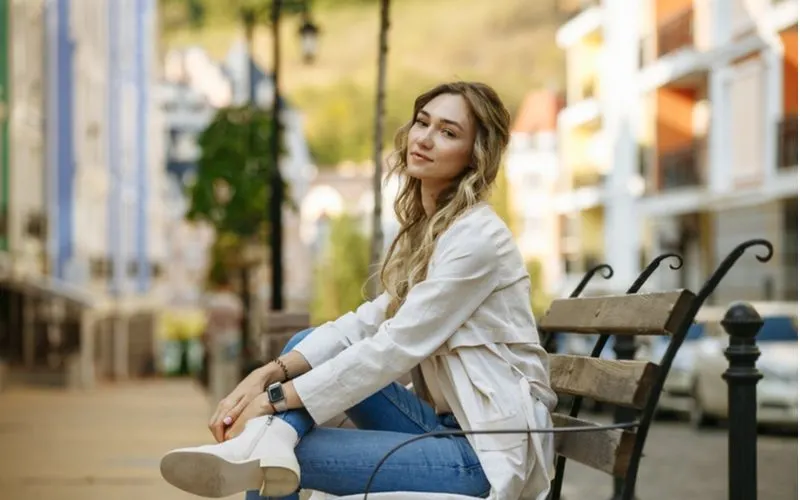
Andrii Antonenko/Shutterstock
If you’re still traumatized by the perfectly graduated face-framing layers of the early 2000s, let this look be your antidote. Disconnected layers appear somewhat random and won’t create the precise stair step effect of graduated layers.
Instead, this type of layer is cut in around the face to draw the eye to their starting point. Here, the layers begin just beneath the chin, so they work to define the jawline and give it a more angular appearance.
This is perfect for women with round or oval faces that want to add a little edge to balance the softness of these face shapes.
5. Long Waterfall Layers
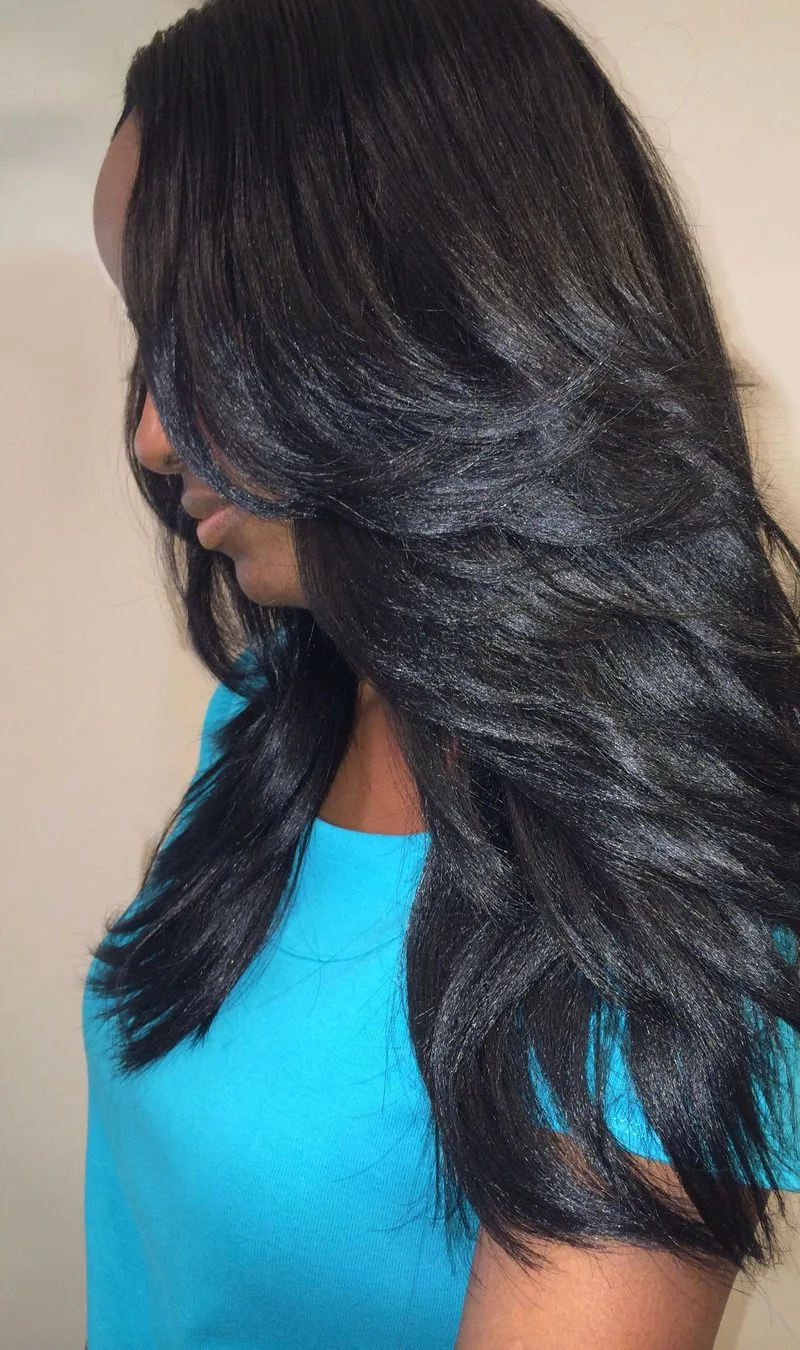
LaSa71/Shutterstock
Waterfall layers is the name for these pretty, swooping layers that give you a fresh blowout look. While the woman above has waterfall layers cascading around her entire head, you can get these layers concentrated around the face to get a similar effect.
Here, the face-framing pieces start around the mouth level and stagger in length all the way to the ends. This takes excess weight and bulk out of the hair from the chin downward, slimming the face and neck.
Read Next: Feathered Haircut Ideas
6. Windblown Wavy Layers
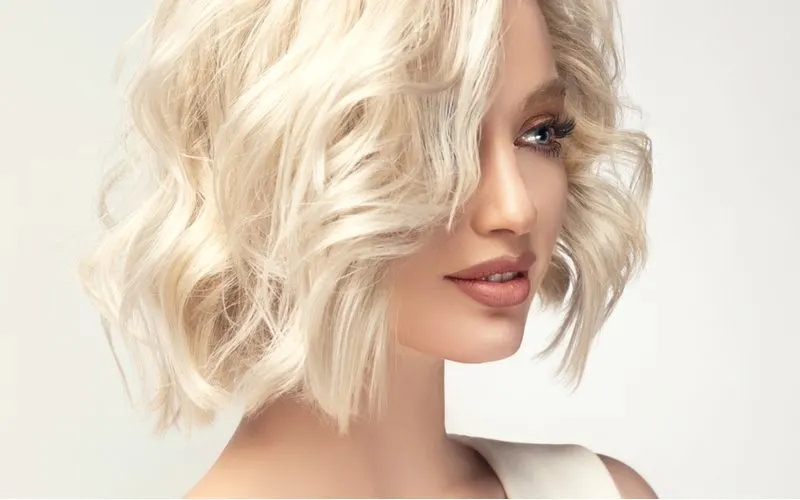
Sofia Zhuravetc/Shutterstock
Who doesn’t love a breezy, windblown look with just enough polish to balance the style? These face-framing layers are cut with precision in small sections to highlight the cheekbones and jawline.
They’re styled with sky-high volume, different wave directions, and straight ends to create the effortless “I woke up like this” look. Concentrate on lift at the roots to nail this look.
7. Coily Balayage Layers
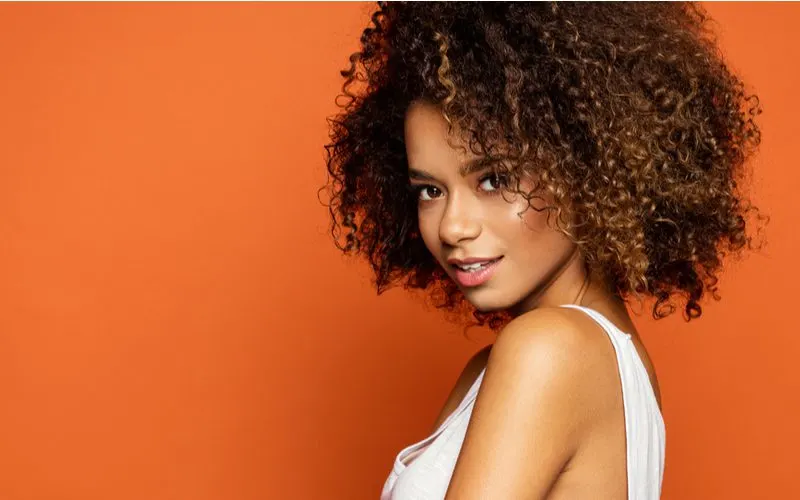
Kiuikson/Shutterstock
Coily hair has no trouble creating gorgeous volume and height, but you’ve got to know how to use that to your advantage and avoid letting it overwhelm your face.
Perfectly staggered graduated layers around the face create a stair step effect that removes excess weight and bulk from the ends. The layers around the face begin at the brow level and highlight the eyes and cheekbones for a slimming, attractive look.
Read Next: What Is Balayage?
8. Glamour Waves With Face Framing Layers
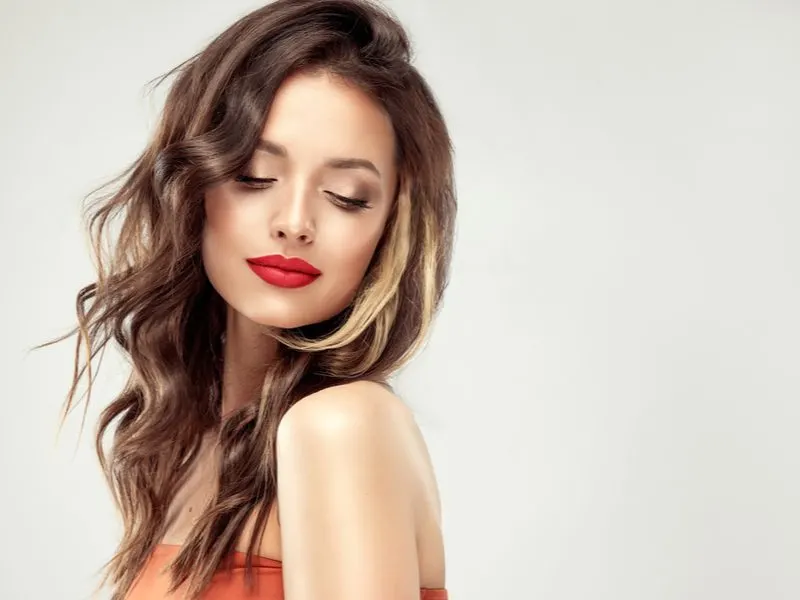
Sofia Zhuravetc/Shutterstock
Many women like to use layers to create a unique and slightly irregular shape in their style. If you don’t like blunt, precise ends, extensive face-framing layers will break up the length around your face and give your haircut a looser, more casual shape.
The irregularity these layers create perfectly balances the polished glamour waves for a cool boho take on the old Hollywood glam vibe.
9. Long Blowout Layers
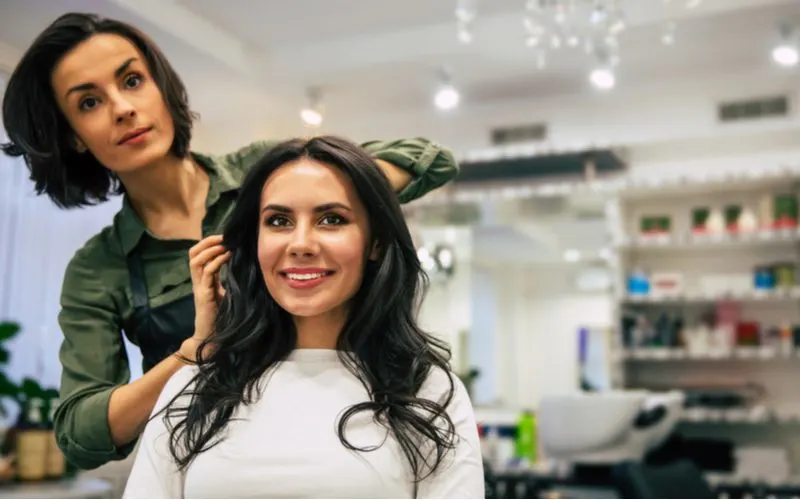
My Ocean Production/Shutterstock
Wearing long length around your face can appear to drag your features downward and age you artificially. With long, sweeping layers around the face from the cheekbones to the ends, you get an age-defying lift effect that reinvigorates long locks.
We love long, sliced layers like these around the face specifically for wavy and curly styles. Every short strand in the layers is able to create additional bends and curves in the hair for better texture and more natural, effortless look.
Read Next: What Is a Hair Blowout?
10. Curly Tapered Layers
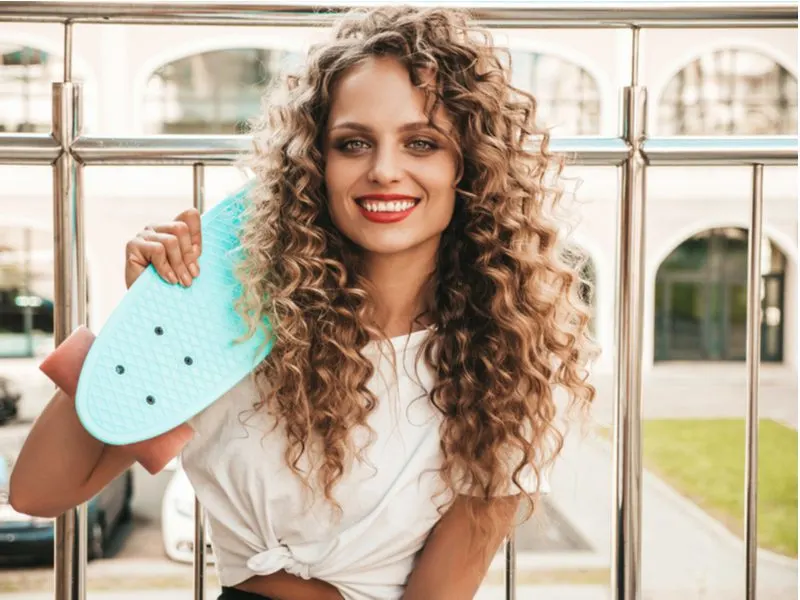
Halay Alex/Shutterstock
Tapered layers are shortest at the top of the head and progressively get longer toward the ends. Here, ultra-curly strands shed excess weight in each skinny layer to achieve more volume and more uniform texture.
The layers are cut from the cheekbone level down to the chin to ensure the ends of this curly style don’t get bulky or too dense. The effect is more defined cheekbones and an accentuated jawline that translates into a leaner-looking face.
11. Asymmetrical Long Layers
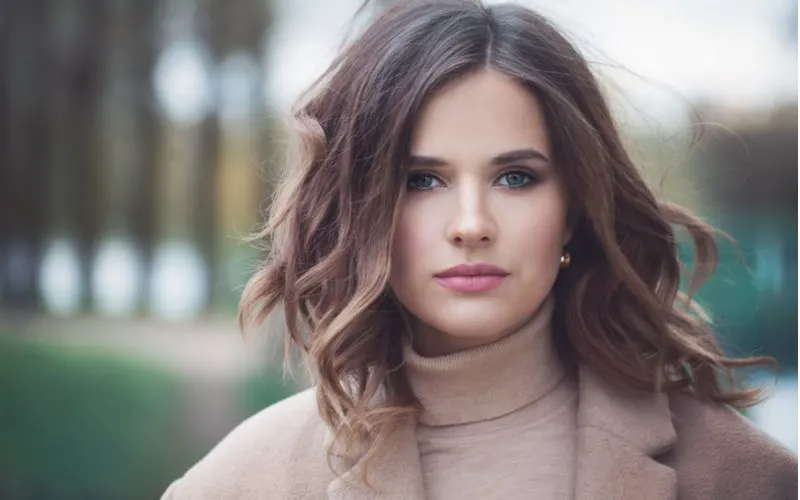
MillaF/Shutterstock
Long layers should be a staple in every lob. See how they create lift, break up the shape of the ends, and give the style a modern, trendy edge?
Now imagine if this lob was blunt cut with no layering. It wouldn’t look near as good, and it wouldn’t do her face any favors! With irregular, long layers sliced into the lob, the undone waves really come to life and draw the eye to her lips and jawline.
If these are features you’d like to highlight, have your stylist cut your layers slightly longer around the face and a bit shorter on the sides of the head.
Read Next: Long Hairstyle Inspiration
12. Farrah Fawcett Short Layers
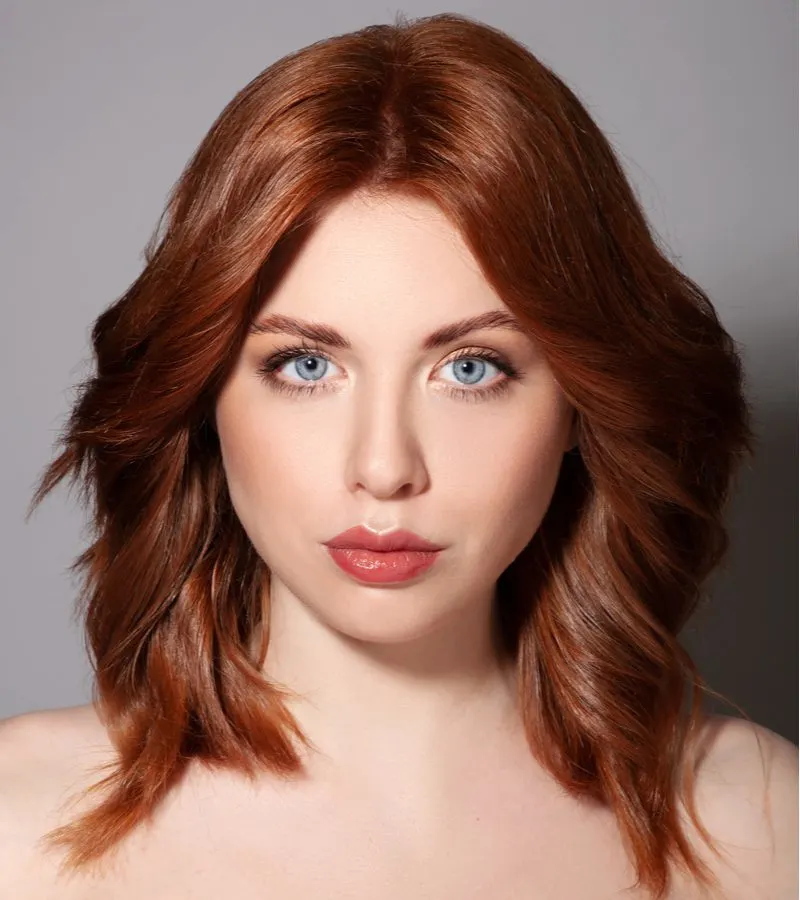
Tanya Khlebnikova/Shutterstock
Farrah’s iconic feathered and layered look can be modernized with the help of short layers and curls styled away from the face. Most of the layered looks we’ve shown have featured long layers, which are cut further apart and serve to thin out a style and make it more lightweight with additional movement.
These short layers, however, create a stacked effect and are perfect for thin or fine hair that needs a boost. Style them away from the face with a curling iron to define your cheekbones and add bulk to a thin style.
13. Boho Undone Layers
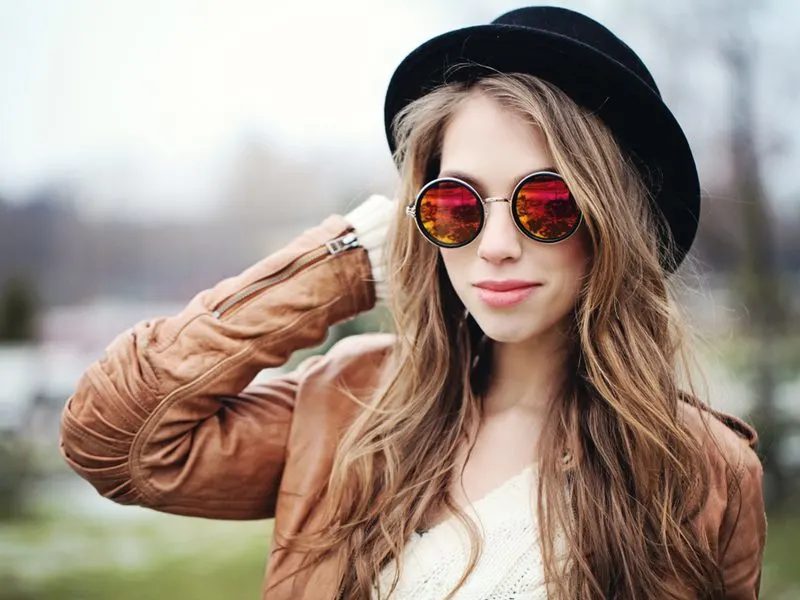
MillaF/Shutterstock
If you have hair well past your shoulders, you will always benefit from having long layers cut in. These long boho layers won’t interfere with the casual, carefree vibe of flowing long locks.
Instead, they break up the length in a flattering way that directs the eye across the hair rather than straight up and down.
This creates a nice illusion of fullness and volume with even the slightest wavy texture. Where the layers are cut, the hair should naturally bend and curve a bit to boost natural texture and make this an easy wash-and-go style.
14. Staggered Money Piece Layers
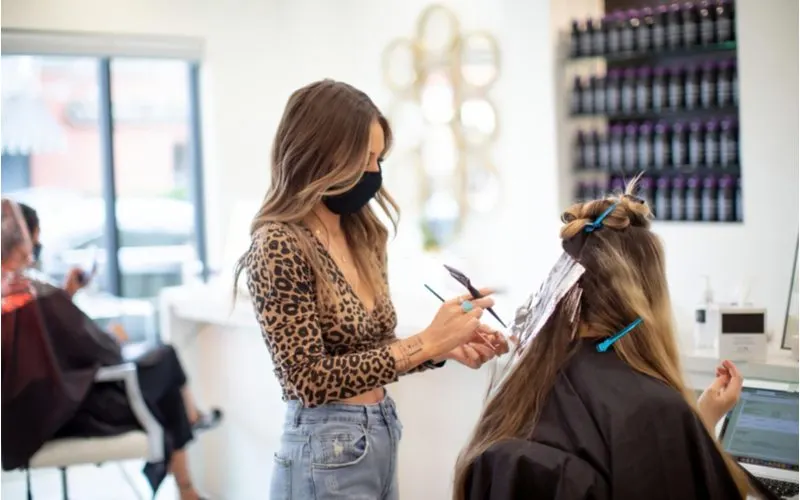
Ana Luzia 13/Shutterstock
Soft and subtle layering around the face will improve almost any haircut, but we love it best on long looks like this. When you combine subtle long layers with money piece highlights (highlights on the face-framing pieces), the effect is doubled and you can direct attention to your best features.
Here, the highlights and layers begin at the cheekbones to draw the eye there and downward along the length of the hair. It also helps accentuate a slightly wavy texture so your hair looks like it’s been painstakingly styled when all you did was add a little mousse before air drying!
Read Next: What Is Textured Hair?
15. Swept-Back Layers With Loose Curls
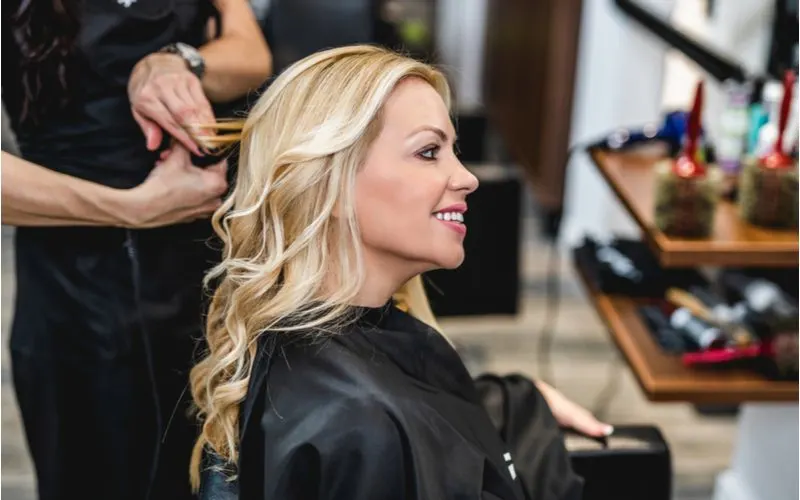
Hedgehog94/Shutterstock
Face-framing layers don’t have to be styled in or on your face. Try sweeping them back and securing with a little hairspray to see how versatile long layers around the face can be!
The point at which the shortest layers curve is where the eye will be drawn to.
Here, the shortest curving layer is right at the cheekbone level. That gives this layered style a facelift effect that reshapes the face by making the cheekbones appear more prominent and removes weight from the ends.
Things to Consider With Face Framing Layers
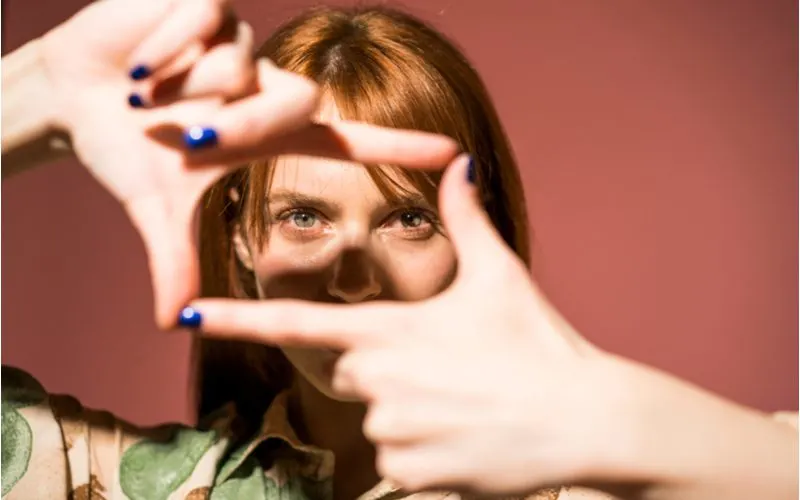
Jakov Simovic/Shutterstock
Whoa, girl. Are you really about to go get layers without thinking things through first? Here’s what you need to think about and consider before you officially decide to get face framing layers.
- Layer placement is important. Face framing layers are, by definition, cut in around the face. Beyond that, you’ll need to determine where you want your layers placed and where you’d like the hair to fall. A good stylist will consult with you to help figure this out, but it’s a good idea to know what you want when you walk in. If you want to highlight your cheekbones, the shortest layers should either hit or curve right at the cheekbone. To accentuate a jawline, longer face-framing layers are key. To simply remove some weight and bulk from super-long hair, you can start face-framing layers just a few inches from the bottom.
- Less is more. If you’ve ever razored the life out of your hair in the name of a shag haircut or ended up with so many choppy layers you found it hard to style your hair, you probably already know that in the world of layering, less is more. You don’t need a ton of layers to create the face sculpting or dynamic lift effects that face-framing layers are known for. Instead, a good stylist will be able to cut a few strategic layers around your face to get the job done without hacking your hair to bits.
- Know how to style your layers. Before you pop into the salon and ask for layers around your face, make sure you’re going to be able to style them properly. Different types of layers tend to lay and behave very differently. You might discover that your new layers always want to curl a certain way or have trouble flattening out when you straighten them. Think about your usual hairstyles and make sure your new face framing pieces won’t interfere too much. You can also get great styling pointers from your stylist.
- Work with a skilled stylist. Don’t assume that because layers don’t involve a full haircut that you can skimp on your stylist selection. You need to work with a master of shears to ensure you end up with dynamic layers that are cut at the proper points to create the look you want. A skilled hairdresser knows where to cut along the strand to encourage the hair to bend outward or hang flat. They know how far apart to cut the layers, how thin or thick each layered section should be, and what type of layers will look best with your haircut and face shape. A bad hairdresser will use a razor to slice uniform layers down the sides of your hair and leave you with split ends that grow out into the most unattractive shag ever. Or so we’ve heard.
- Don’t try to DIY. Can we possibly overstate this? We don’t think so. Do not try to DIY this. Layers take skill, are easily botched, and can take a while to grow out if (when) you make a mistake. You should never cut layers (or hair, period) with kitchen shears or cheap haircutting scissors that aren’t sharp enough to cut cleanly. It’s not worth the heartache, sis. Leave the layers to a professional, especially face-framing ones that are in full view.
Finally, don’t overthink your face-framing layers too much. If you’ve been itching to change up your look but don’t want to commit to something entirely new, layers are exactly what you need.
As long as you visit a skilled and experienced stylist to get them done, you’re going to love the lift, movement, and face-sculpting power of your new layers.
